
Today is the Feast of St. Peter Canisius, one of the early Jesuit Fathers, Confessor and Doctor of the Church.
St. Peter was born in Nimeguen, Holland on May 8th, 1521, into an illustrious family of great wealth. He was highly intelligent, and at nineteen had already earned a Master’s degree from the University of Cologne.
He was instrumental in the arrest of Protestantism in Germany. He was sent there by order of the Sovereign Pontiff, who, in the troubles surrounding the German Reformation, requested the help of the newly founded Society of Jesus.
In Germany, St. Peter Canisius preached eloquently, composed manuals of piety (including a German Catechism, simply explaining the faith) and founded several Jesuit colleges. He has been likened to Ss Jerome and Augustine, for his intellect and fine theological mind.
Yet one cannot fully comprehend the life of St. Peter Canisius, without understanding something of what was happening in Europe in the early sixteenth century.
Two major events are key to both his life and the situation for the Roman Catholic Church at that time: the rise of the Reformation and the founding of the Society of Jesus, the Jesuits.
On the one hand, we have Martin Luther (1483-1546), monk, priest and professor. In 1510, he was sent from Wittenberg, where he was a professor at the University, to Rome on monastic business.
At Rome, Luther became horrified by what he saw as corrupt practices within the curia. He was particularly concerned by what he described as a marketing of indulgences. Indulgences, meant to aid the faithful by means of the mediation of grace through holy objects and relics, were being sold by the Church, for large amounts of money, to the faithful. Luther doubted the validity of these relics, believing an insincere clergy was simply profiting financially from a naïve faithful.
Luther began doubting whether the priesthood truly acquired the gift of mediation, with the administration of Holy Orders. His own experience of the sacrament of Penance only further fuelled his doubt. This brought into question for him, the nature of the role of the clergy, as mediators of grace.
Luther began questioning the role of the entire Roman Church, believing that She was not fulfilling her mission. All this would lead to his famous ninety-five Theses of 1517. This composition spread rapidly throughout Germany and then Europe, bringing the Reformation into full swing.
As the Reformation proceeded against the Church in Rome, another individual, born around the turn of the century, was bestowed with a mission to strengthen the Roman faith.
Twenty years after the dissemination of the Ninety-five Theses, St. Ignatius of Loyola gathered together his six companions.
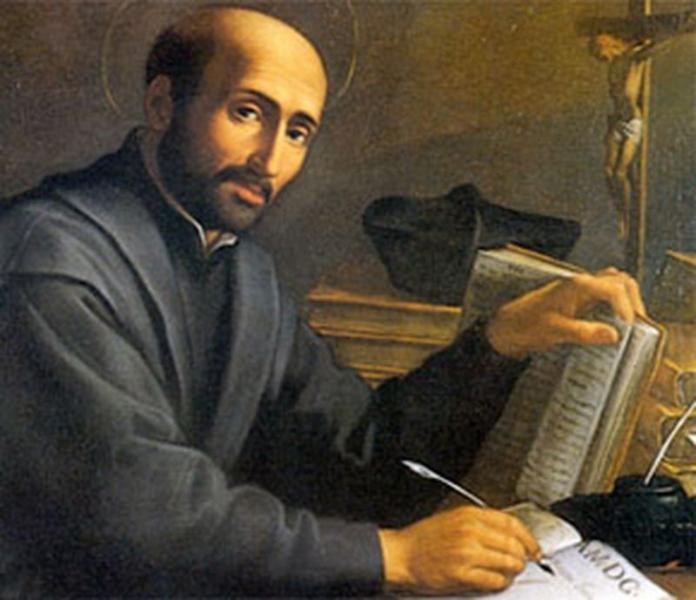
It was the Feast of the Assumption of Our Lady, the 15th August, 1537. The seven gathered on the holy hill of Montmartre, Paris. They were: St. Ignatius, Bl. Peter Favre, St. Francis Xavier, Diego Lainez, Alfonso Salmeron, Simon Rodrigeuz and Bobadilla (Nicholas Alphonso). There, on Montmartre, where the first bishop of Paris, St. Denis had been martyred, they made their vows, laying the foundation of the Society of Jesus, the Jesuits.
The Society was founded, as with all religious orders, upon the three vows, of Obedience, Poverty and Chastity. But the Society of Jesus went a step further. St. Ignatius saw the necessity of a fourth vow, that of total fidelity to the Sovereign Pontiff, the Vicar of Christ.
Malachi Martin powerfully sums this up, in his book, The Jesuits:
That identification with and devotion to the papacy had been the will and intent of Ignatius … and it was the condition on which the papacy had consented to bring the Society of Jesus into existence.
In life and death, the Jesuits indeed wrote history as “Pope’s Men” – whether it was the Jesuit Father Peter Claver wearing out his existence among South American slaves … or Father Peter Canisius … reclaiming whole provinces and cities from Protestantism by his tireless, incessant travelling, preaching and writing …
No matter who or where they were or what they did, inherent in the mind of each Jesuit was that holy structure of Christ’s Church, anchored by Jesus on his personal Vicar, the Pope, and held together by the hierarchy of bishops and priests, religious and lay people in union with that personal Vicar of Christ.
As Luther’s ideas spread rapidly throughout Germany, they attracted many clergy, including Archbishops and Cardinals, as well as Princes, Emperors and countless laity. The Holy Father, faced with these problems of a dissenting hierarchy and a lost faithful, turned to the Society, requesting members to be sent to Germany. It is with this papal request, we come now to the mission of St. Peter Canisius.
And it began when he was a young child. For it is said that a miraculous prophecy then took place. At the very moment the companions were making their first vows on Montmartre in Paris – a point when no-one had heard of the Jesuits – Rianolda of German Arnheim, a relative of the young Peter, prophesised that the young boy would one day belong to ‘a Society of Jesus’ and would be instrumental in aiding Germany, in the struggles with Protestantism.
This she told to Peter’s father, James Canisius. St. Peter himself was informed of this prophesy, which in many ways influenced his youth.
And so it came to be …
Studying in Cologne, St. Peter Canisius came across the Scriptural Expositions by Blessed Peter Favre, one of the first companions. So inspired was he by them, that he endeavoured to go himself, to Mainz, where Blessed Peter resided. Encountering Bl. Peter Favre, he was deeply moved by his sanctity. He is quoted as saying:
Never have I known or listened to a more learned man, or to one of more eminent virtue – if indeed, he be a man, and not rather an angel from Heaven.
It was there that he was brought into the company, the Society of Jesus. He then followed Favre back to Cologne, where they began to work together.
From Cologne, St. Peter Canisius was summoned to his father’s deathbed. Encountering his son, his father then passed away. St. Peter inherited a great wealth. But he was deeply concerned that due to their extremely worldly life, his parents (for his mother was also deceased) would not be saved. Troubled by this terrible thought, he received an interior understanding that they were both indeed destined for Heaven. In thanksgiving and joy, he gave his entire inheritance to the poor.
In poverty, he returned to Blessed Peter Favre (Faber) in Cologne, proving to be a brilliant disciple. Favre soon departed, leaving St. Peter to continue the work alone. It was then that his mission began, to help Germany with the onslaught of Lutherism. Catholicism was being attacked from every side and even the Jesuit house there was forced to close.
Yet, all was not lost, for St. Peter was able to bring the lapsing clergy and aristocracy back to the Roman faith. The Jesuit house and colleges were reopened and the work continued in Cologne.
In 1547, at only twenty-six years of age, St. Peter Canisius was called upon to assist at the great Council of Trent, as theologian to the Prince-Archbishop of Cologne. The Council of Trent, of course, was the great Counter-Reformation Council of the Church which served to clarify the Catholic response to the crisis consuming Europe at the time.
In 1549, the Duke of Bavaria requested His Holiness Pope Paul III that two theologians be sent, to set up a college at Ingolgstadt, in Bavaria. The Holy Father, in turn, requested this of St. Ignatius, who sent Canisius along with Alfonso Salmeron. St. Ignatius sent a letter with them, in which he wrote of the two:
Along with this epistle will arrive, by order of the Holy Father, the two theologians whom I had promised in my letter. One is Alfonso Salmeron, a Spaniard, the other Peter Canisius of Gelderland … They are each excellent in the integrity of their life, as in their knowledge of the sacred books and in all learning worthy of Christian men.
Having received his Doctorate of Divinity at Bologne, St. Peter Canisius came to the University of Ingoldstadt, where he specialised in the theology of St. Thomas Aquinas. He was soon made rector of that university.
Moreover, he was so impressive, in all his endeavours, that he was offered the Bishopric of Vienna. Yet this was not to be, because the rule of the Jesuit order stipulated that no member of the Society could take any position within the hierarchy higher than a priest. For it would hinder their freedom to be sent wherever the Holy Father requested.
But the Church in Vienna was in so terrible a state. And the Holy Father had requested that a college be established there. St. Peter’s zeal and brilliance were greatly needed. Ignatius therefore decided to remove Canisius from Ingoldstadt, to reside in Vienna for one year. Once the new college was established, he would return to Bavaria.
Back in Germany, St. Peter worked for years tirelessly, preaching and teaching. He also developed a German Catechism – in fact the first ever Catholic catechism – in order to educate the faithful, disseminating the true doctrines of the Church of Rome.
Through his eloquence and conviction, he brought countless Protestants back to the faith. In fact, being such a key figure in the Catholic Counter Reformation, he came to be known as ‘The Second Apostle of Germany’, after the great St. Boniface.
The final years of St. Peter’s life were spent in Fribourg, Switzerland. And it was there he died, on December 21st, 1597.
His seventy-six years were consumed with passion and dedication for his work. His renown for preaching and teaching packed lecture halls and churches. He was a diplomat who had the ability to reconcile disputes and communicate to people from all walks of life. Apparently when questioned as to whether he felt overworked, St. Peter replied: ‘If you have too much to do, with God’s help you will find time to do it all.’
The life of St. Peter Canisius is summed up in a nutshell by Malachi Martin:
[St. Ignatius] had had the ability to pick the right man for the right work at the right time and send him to the right place. He sent a stolid Dutchman, Pieter de Houndt, better known by the Latin form of his name, Peter Canisius, to Germany in 1550 with two lone companions. When Canisius died in 1597, he left behind him 1110 Jesuits in that area and a row of Jesuit colleges in Austria, Germany, and Hungary, and had reclaimed whole provinces from Protestantism.
Malachi Martin, The Jesuits
St. Peter Canisius was beatified by Pius IX and canonized and proclaimed Doctor of the Church by Pope Pius XI. He is the Patron Saint of Germany.
St. Peter Canisius, pray for the Church of Rome.
St. Peter Canisius, pray for the strengthening of the Faith.
St. Peter Canisius, pray for us.
Buying Books at Amazon Through These Links Gives Us a Commission. This Supports Our Apostolate. Thank You if You Can Help Us Like This!
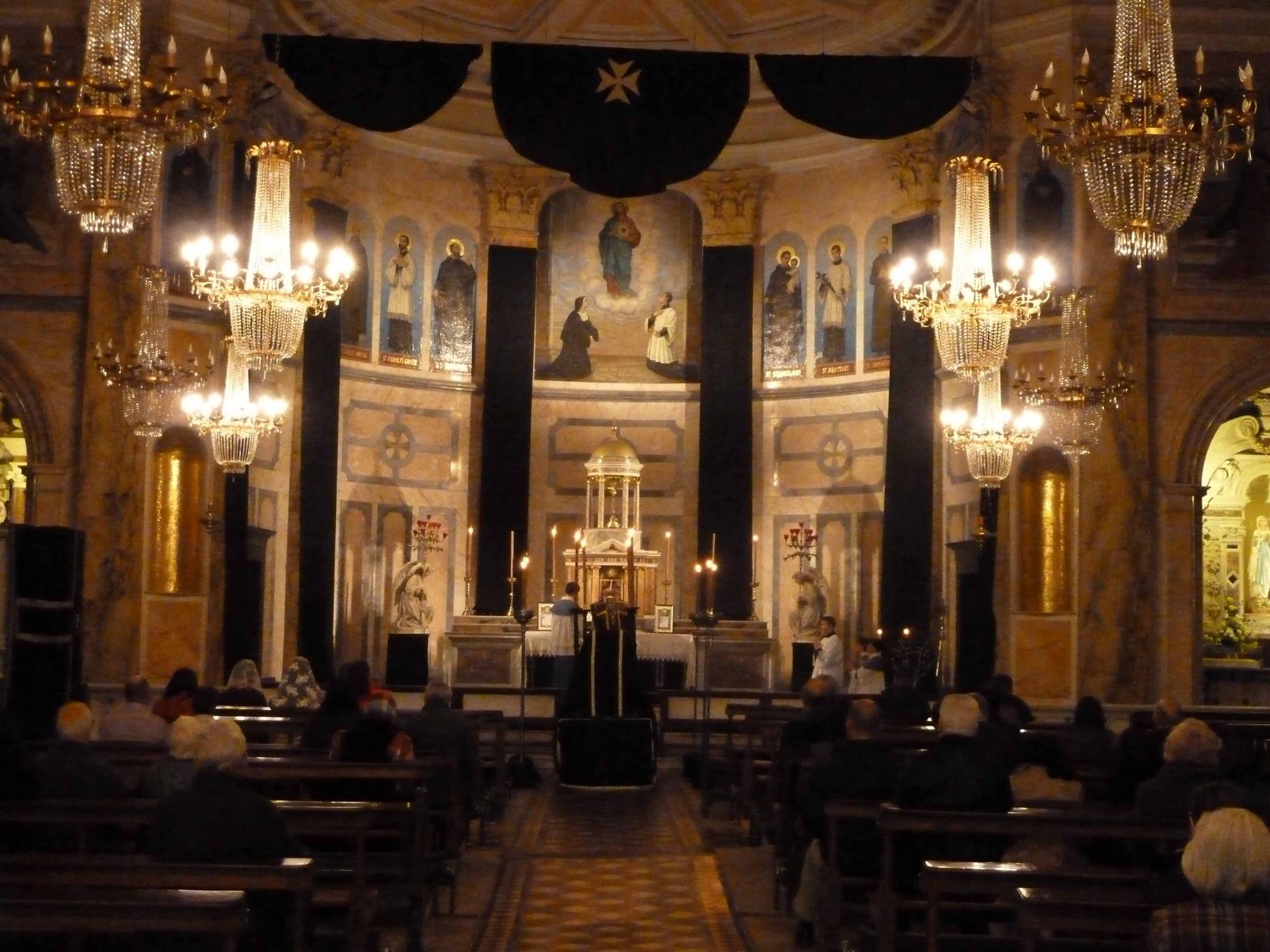
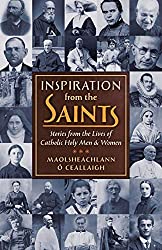

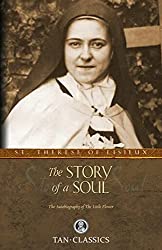

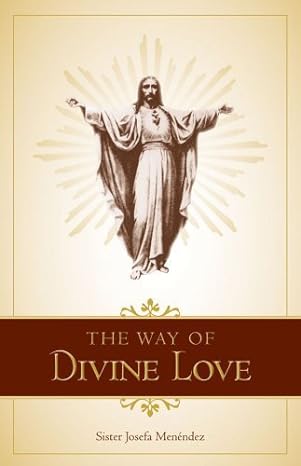
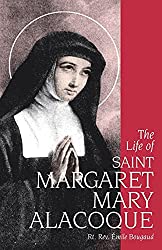
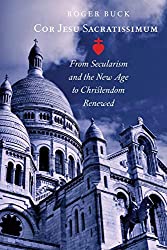

Comments
comments are currently closed
One response to “Feast of St. Peter Canisius”
Nice article….It will help me to upgrade myself. I knew that he was a renowned Dutch Jesuit Catholic priest. He became known for his strong support for the Catholic faith during the Protestant Reformation in Germany, Austria, Bohemia, Moravia, and Switzerland. I enjoyed reading your posts. Thanks for sharing.